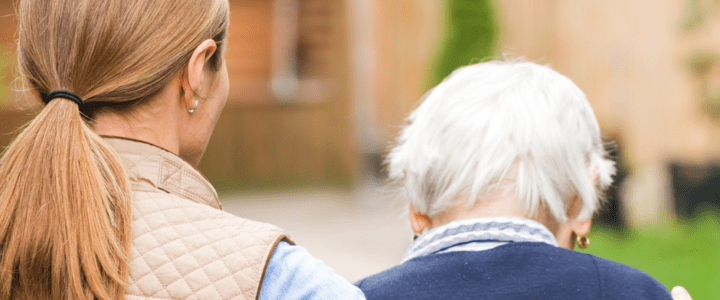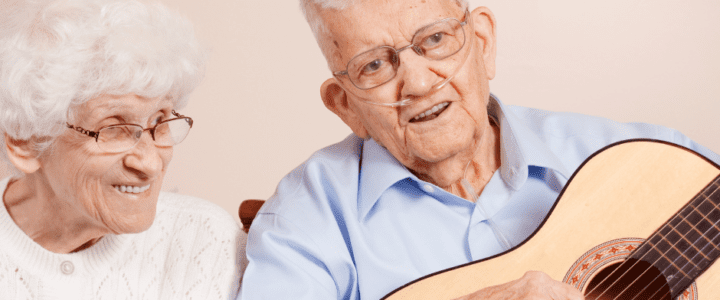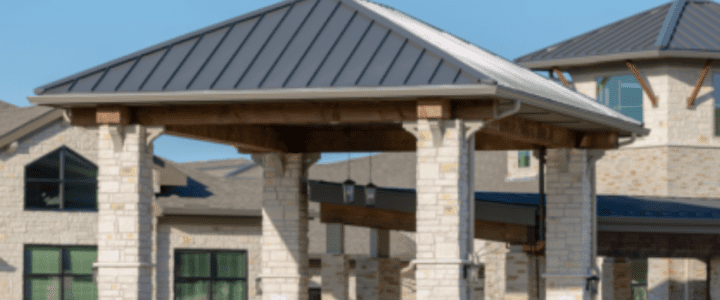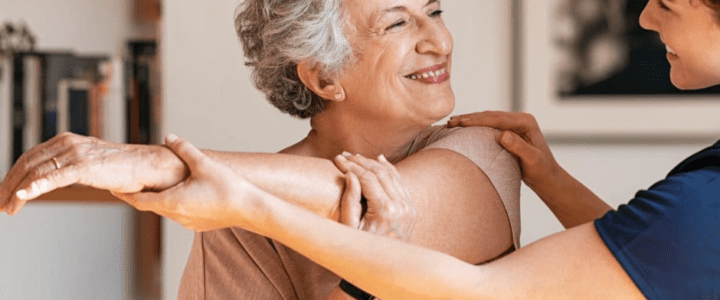Other Forms of Dementia
There are other forms of Dementia besides Alzheimer’s. Some prominent ones are discussed below:
Vascular Dementia
Vascular dementia is another prevalent form of dementia. But many people with vascular dementia also have Alzheimer’s disease. With medication and lifestyle changes, you can treat vascular dementia and slow down its progression. However, the damage that’s already done cannot be reversed. And the condition itself cannot yet be cured. With vascular dementia, symptoms generally vary a little depending on the underlying cause.
Vascular dementia is caused by interruptions to the flow of blood in a person’s brain. Those interruptions can be due to strokes or build-ups of fatty material that result in the narrowing of blood vessels. Some patients have both problems.
Symptoms of Vascular Dementia can include:
- Memory loss
- Trouble organizing thoughts and coordinating actions
- Difficulty with decision-making
- Struggles with problem-solving
- Trouble communicating verbally
- Personality changes
- Agitation
- Confusion
- Loss of bladder control
- Mobility problems
- Numbness or weakness in a particular area of the body
Not everyone who has a stroke develops vascular dementia. But having a stroke does increase your risk. Roughly one-third of stroke survivors who previously had no dementia eventually develop this condition—often within one year.
Lewy Body Dementia (LBD)
As the second most common type of degenerative dementia, this sometimes-overlooked disease affects many people—about 1.4 million people in the U.S. alone. But it can be very difficult to diagnose since it often occurs alongside Alzheimer’s disease or vascular dementia. It can even occur alongside Parkinson’s disease. Patients with LBD can display a wide variety of symptoms.
Some of the most distinctive signs of Lewy body dementia can include:
- Delusions
- Visual hallucinations
- Symptoms that get better or worse from one moment (or hour) to the next
- Physically acting out violent or vivid dreams at night
- Staring with a blank facial expression
- Shaking while walking
- Standing or moving stiffly, slowly, or with a shuffle
Other symptoms often include the same ones displayed by Alzheimer’s patients or those with vascular dementia. In the brains of people with LBD, abnormal protein deposits (known as Lewy bodies) accumulate and make it difficult for neurons to communicate. As the disease progresses, more and more neurons die, causing all kinds of cognitive, behavioral, and physical problems, particularly at the most advanced Lewy body dementia stages.
Frontotemporal Dementia (FTD)
Unlike other types of dementia, FTD doesn’t usually cause memory problems until late in the disease cycle. That’s because it first attacks the parts of the brain that control speech, personality, thought, and behavior. FTD is considered a group of dementias, with each type affecting a person in particular ways. For example:
1. A person with progressive nonfluent aphasia will have difficulty speaking or finding the right words to use.
2. Someone with semantic dementia will have a hard time understanding what other people are saying.
3. People with behavioral variant FTD will often have trouble planning, concentrating, and solving problems. They also frequently have personality changes that lead to strange, obsessive, or inappropriate behavior.
Many people with FTD also experience muscle weakness and trouble with physical movement. The underlying cause of FTD is currently unknown. However, in some patients, certain genes may play a role. And some FTD patients have abnormal accumulations of proteins (called Pick bodies) in their brains.
Other Forms of Dementia & Dementia-Like Illnesses
In addition to the types of dementia outlined above, it’s a good idea to know about some other conditions that can cause or mimic dementia. For instance, many adults develop mild cognitive impairment (MCI). Having MCI means that, for their age, they have slightly greater-than-expected difficulties with speech, memory, or decision-making. However, those problems don’t yet rise to the level of dementia. Other people may develop dementia or dementia-like symptoms as a result of conditions like:
Creutzfeldt-Jakob Disease (CJD): Also known as spongiform encephalopathy, this rare type of dementia is associated with memory problems, vision problems, impaired judgment, and difficulties with physical coordination. It usually progresses rapidly and leads to death within about a year.
Huntington’s Disease (HD): This genetic disorder progressively destroys a person’s brain cells, causing deterioration of their mental and physical function. It’s incurable. Most people who get this disease first notice symptoms between the ages of 30 and 50.
Parkinson’s disease (PD): People with this degenerative movement disorder gradually have more trouble talking, walking, and carrying out other simple activities. Since PD affects a person’s brain cells, it can sometimes cause various symptoms of dementia.
Multiple Sclerosis (MS): Cognitive decline happens to some people with MS, but it’s generally less severe than what people experience with the most common types of dementia.
Wernicke-Korsakoff Syndrome: This condition is caused by not having enough vitamin B1 (thiamine) in your body, often resulting from alcohol abuse. It can lead to permanent brain damage and many dementia-like symptoms, including lack of physical coordination, vision problems, memory loss, delusions, and other forms of mental decline.
Normal Pressure Hydrocephalus (NPH): People with this condition have excess fluid in the brain, leading to various dementia-like symptoms. But unlike most of the other conditions on this list, NPH can often be successfully treated with surgery, resulting in nearly full recovery.
HIV/AIDS-Related Dementia: Some HIV/AIDS patients experience cognitive decline or deterioration of their motor functions due to HIV damaging their brain cells or causing too much inflammation in their brains or spinal cords.
No matter what form of Dementia your loved one is suffering from, The Rivers Memory Care at The Village at Sugar Land have a plan in place. We do an assessment to determine the type of Dementia and work with you moving forward.
For more details and information reach out to us at [email protected] or call 832-944-8111. We are here for you all along the journey of your loved one!!










